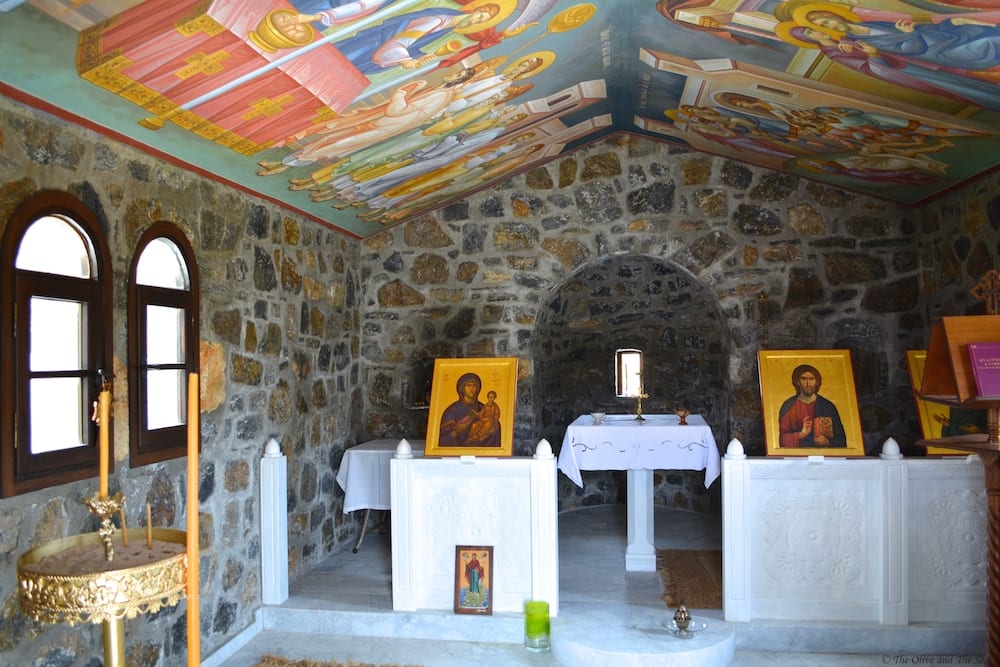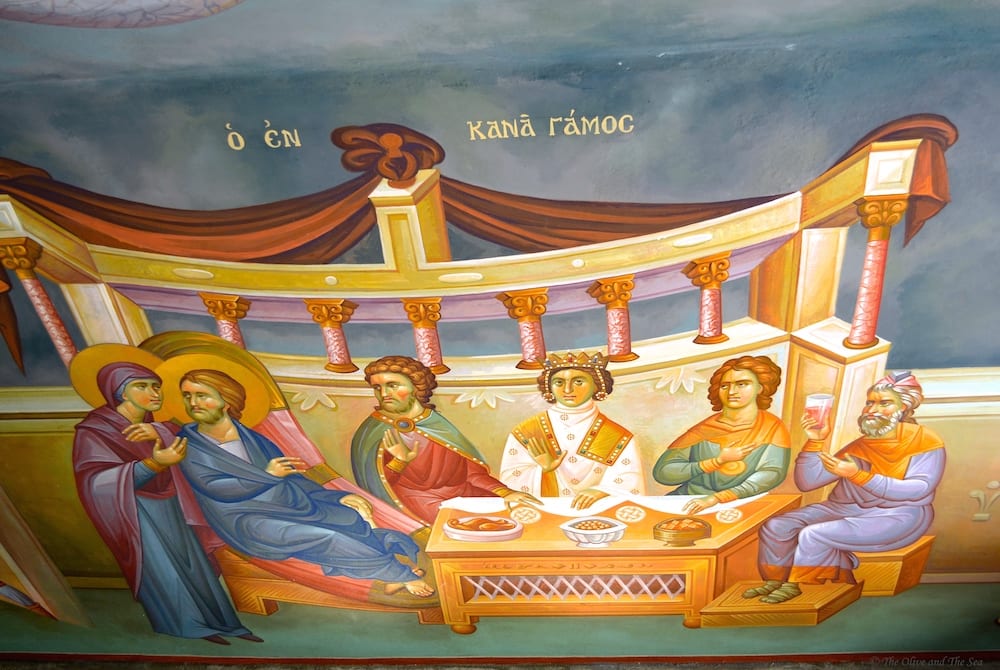Greek Wines – Tselepos Winery

A pleasant two hour drive from Athens, in the heartland of the Peloponnese, sits a small chapel. Situated on the highest point of Tselepos’ Mantinia vineyard, it pays homage to Saint Tryphon, the patron saint of winemakers. With depictions of biblical references to wine adorning the chapel’s interior, one is reminded of Greece’s devout christianity and that winemaking, as with all agricultural endeavors, is at the mercy of elements beyond our control.





But even more so, the chapel is a reflection of Giannis Tselepos’ holistic approach to winemaking. Having studied oenolgy at the University of Dijon in Burgundy, he returned to Greece in the 1980’s, intent on founding his own winery. After several years as a consultant and wine maker, Giannis founded the Tselepos Winery in 1989, following the principal “a grape does not come to you, you must go to it.” At 750 meters above sea level, the vineyard and winery are situated in the Peloponnesian region of Mantinia Arcadia, which is home to the Greek grape varietal ⎼ Moschofilero, an aromatic pink grape, sometimes described as grey since it is neither white nor red.

Building on the success of its Moschofilero wines, Tselepos has expanded in recent years to include collaborations with the Driopi Winery in the region of Nemea, home of the Agiorgitiko grape, and the Chryssou family vineyards on the island of Santorini, home of the Assyrtiko grape. In addition, Tselepos has diversified its Arcadia vineyards to include plantings of Chardonnay, Gewürztraminer, Cabernet Sauvignon, and Merlot.

The timing of our July visit to the winery was such that we arrived only a few days after a hail storm had ravaged the vineyards. This was in addition to heavy rains that had flooded the property a few weeks earlier. One can only imagine the daunting task of recovering from these climactic outbursts, particularly so late in the growing season. Nonetheless, we were warmly greeted by Eleni Kostakis who graciously led our tour of the winery.

Steel fermentation tanks, a bottling line, oak vats, and barrels, much of the winery’s operations resembled a typical winery. That is, until we reached the space dedicated to Tselepos’ sparkling wine. Down a long hallway, stood special racks holding hundreds of bottles undergoing a process known as riddling, which is performed in accordance with the traditional methods of champagne production.
Wine laws don’t allow producers outside the French region of Champagne to name their sparkling wines as such, yet those following the “méthodes traditionelles” or traditional method are making just that. A notable difference, however, is that French Champagne is typically made from Chardonnay or Pinot Noir grapes, whereas Tselepos produces its sparkling wines from Moschofilero and Agiorgitiko.


After touring the facilities and vineyards, we settled into the the winery’s contemporary tasting room to enjoy a sampling of their production.

Although the Tselepos portfolio includes a range of wines from Chardonnay and Cabernet Sauvignon to Gewürztraminer and Merlot, our tasting focused on indigenous varietals, specifically, Moschofilero, which includes PDO Mantinia, Blanc de Gris, and sparkling wine.
All three wines were excellent. The PDO Mantinia was crisp and refreshing with lovely light floral aromas. The Blanc de Gris, which is barrel fermented and matured on its lees, has a smooth texture complementing the citrus and light floral aromas.
Another wine that truly delighted us was Tselepos’ traditional method sparkling wine, Amalia Brut, which Giannis named after his wife, Amalia. As the first producer of traditional method sparkling wine from Moschofilero grapes, Tselepos also produces a traditional method sparkling rosé from Agiorgitiko grapes, Amalia Rosé. As we sipped our bubbly, we were drawn to recalling weddings and happy occasions.
After a full and lovely day at the winery, we left certain that the future of Greek wines and their indigenous varietals is bright. Just as Santorini’s Assyrtiko has taken the wine world by storm, Mantinia’s Moschofilero is sure to follow. Without a doubt, Saint Tryphon is smiling.


